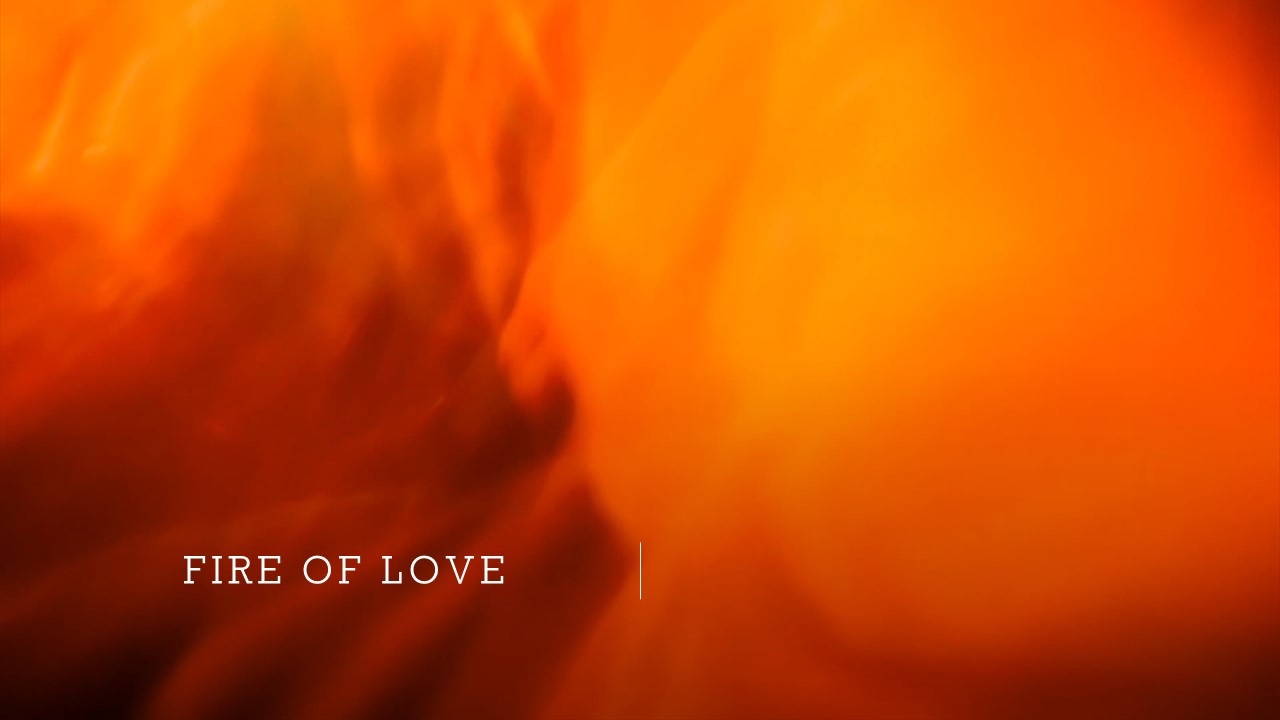A metaphoric lexicon helps us better understand what love is. In many languages, the metaphors, metonyms, and related concepts of “fire” and “heat” represent the strong passion of love (see Karandashev, 2019).
The metaphors of “love as fire are among the most representative in English (Kövecses, 1990), for instance, in such a saying as “My heart is on fire.”
This type of metaphor, which compares love to hot and powerful forces like fire, is common in North American and many European languages. According to cross-cultural lexical studies, metaphors of “love as fire” are common not only in Western American and European cultural contexts, but also in many other cultures around the world.
Biological nature of love as heat and fire
The metaphors of fire, heat, hot represent the intensity of love in many European and North American cultures (see for review, Karandashev, 2019).
Seemingly universal lexical expressions of passion and the fire of love across languages and cultures have biological roots in the natural forces of the body. The psycho-physiological arousal that people experience when they are in passionate love determines this feeling of body heat. The rising body temperature, flushed and blushed cheeks, sweating palms, and a racing heart manifest body sensations resembling a burning fire. It is the warm feelings like being drunk. The release of such brain chemicals as adrenaline, dopamine, vasopressin, and oxytocin causes men and women to experience the sensations of euphoria and passionate love feelings.
Cultural variances in the metaphoric lexicon of love as fire
Conceptual metaphors reflect the variable intensity and concomitant experiences of love, from obsession to strong passion to moderate passion to affection. This experience varies according to the type of personality as well as cultural differences between people.
For example, Americans have the culturally normative extroverted character, while Chinese have the culturally normative introverted character. These cultural differences certainly effect how people in the two cultures normatively experience love.
The metaphor “love as fire” is more typical for English. The metaphor “love as silk” is more typical of the Chinese love lexicon. The American, British, and French people speak about love differently—with great excitement and passion, while the Chinese speak about it tactfully and indirectly (Lv & Zhang, 2012).
The Love Metaphors of “Fire-as-Heat” and “Love-as-Light“
(see also Body metaphors of emotions across cultures)
“Fire” can symbolize not only the heat of passionate love but also the light that love brings to people. Love often makes a person’s life brighter, more joyful, and more meaningful. Here are two cultural representations of love expressed through the metaphors of fireworks and fireflies.
“Love-as-Light” in Chinese Culture
The metaphor of a “firework of love” is typical in Chinese but not in English (Chang & Li, 2006).
- In Chinese, “Love is like fireworks. It is beautiful but does not last long” (ài qíng jiù xiàng yàn huǒ, duǎn zàn ér měi lì).
- In English, the decrease of love intensity is expressed as “the fiery passion died down and gave way to warm affection” or “the old-time fire is gone.”
Thus, these cultures conceptualize differently the disappearance of love fire over time.
“Love-as-Light” in Japanese Culture
The similar glowing connotation of passionate love is known in Japan as the metaphor of fireflies, -“hotaru” (Namiko Abe). It has been a beloved metaphor for passionate love in Japanese poetry for centuries. “Hotaru” are like stars that came from the heavens to the earth.
“Love-as-Light” in Persian Culture
In the Persian language, the metaphor of fire in love can be illustrated by a contemporary Persian poem by Fereydoon Moshiri:
عشق تو بسم بود، که این شعله ی بیدار
روشن گر شب های بلند قفسم بود
“Your love was enough for me, for this wakeful flame (of fire)
enlightened my long nights in the cage”
Romantic vibe of candle lights and bonfires
The popularity of bonfires and candle lights associated with romantic relationships is another illustration of the metaphorical significance of fire in love. Across many cultures, these images of fire are conducive to romantic love. Candlelight has brought people light in life and spirit for centuries, until the invention of electric bulbs.
Since the middle of the 20th century, candles have become popular in secular life again—this time for other purposes. During the 1980s and 1990s, people in Western cultures began to use candles for decoration, creating a relaxing ambiance in their homes. The tradition became popular for romantic dinners with loved ones. Nowadays, a candle-lit dinner for two is a cultural stereotype in many Western cultures. The flickering and soft glow of candle flames is excellent for igniting the fires of amour.
Questions for thought:
Do you know any other metaphors about love as fire, hear, and light?
Do other languages and cultures have similar or different metaphors about love as fire, heat, and light?
You may also be interested in the articles:
Body metaphors of emotions across cultures
Love-as-fire across European and North American cultures
References
Chang, D., & Li, Y. (2006). Visual representations of Kövecses’s conceptual metaphor “Love is Fire” in the Chinese Comic Old Master Q’. Bayreuth, Germany.
Kövecses, Z. (1988). The language of love: The semantics of passion in conversational English. Bucknell University Press.
Kövecses, Z. (1990). Emotion concepts. New York, Springer-Verlag. https://doi.org/10.1007/978-1-4612-3312-1
Kövecses, Z. (2003). Metaphor and emotion: Language, culture, and body in human feeling. Cambridge University Press.
Lv, Z., & Zhang, Y. (2012). Universality and variation of conceptual metaphor of love in Chinese and English. Theory and Practice in Language Studies, 2(2), 355–359.
Namiko Abe (2019) Why the Firefly (Hotaru) Is Important in Japan?, Updated on February 05, 2019
